Most marketers don’t understand the full impact of Facebook
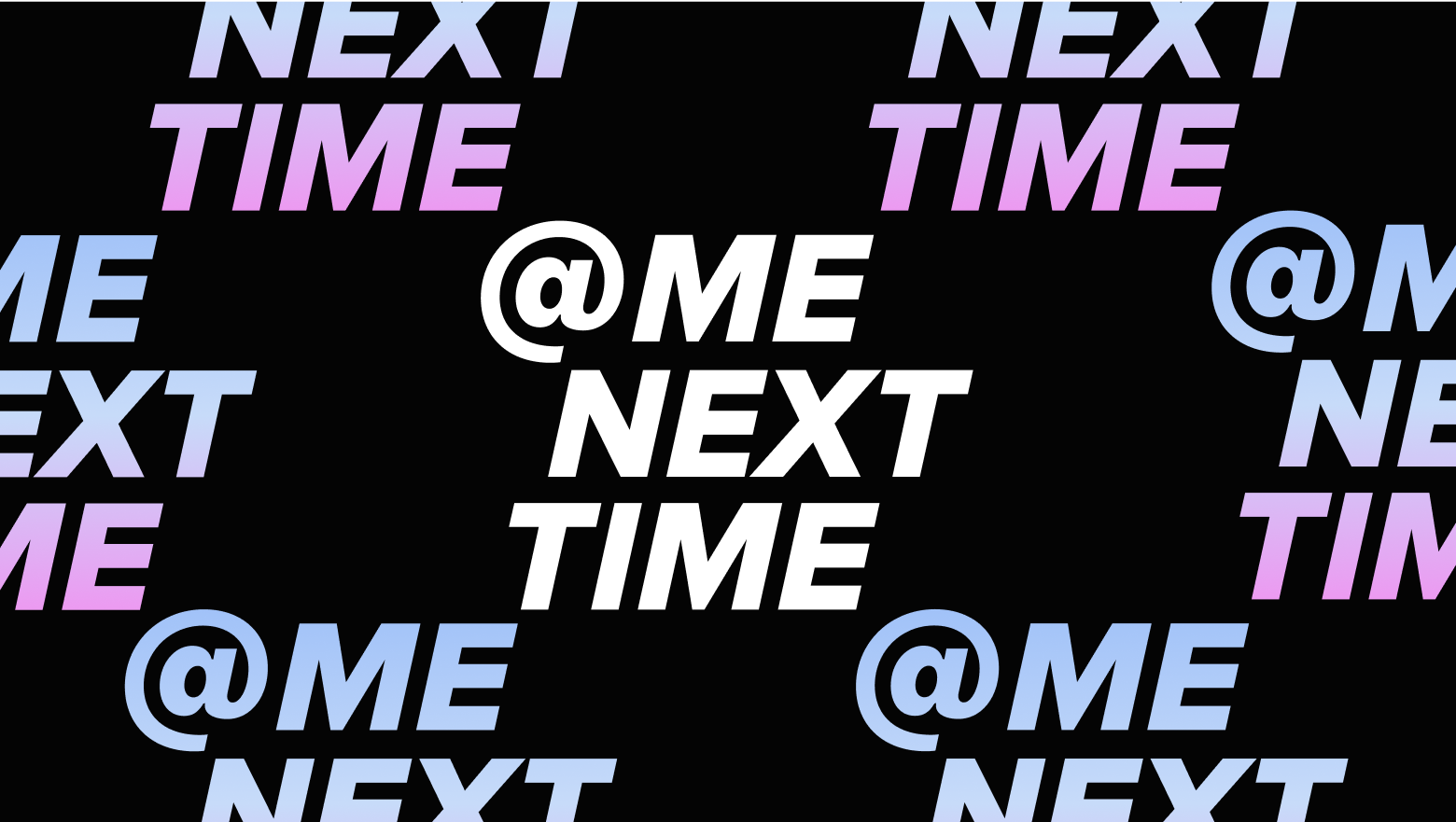
We’re back with the latest edition of our series, @Me Next Time, where we invite Team Sprout and some of our favorite social experts to share how they really feel about the latest trends and industry discourse.
Let’s say the thing: Facebook is still a relevant and important network for brands. Even after two decades, Facebook remains a stalwart—despite the deluge of new networks and the dramatic evolution of the social media landscape overall. According to The 2025 Impact of Social Report, 70% of marketing leaders agree Facebook is the social network that has the strongest impact on their business—the most for any network.
Facebook hit over 3 billion active users in 2024 and is the third-most visited website in the world. Just because the platform has an Oscar-winning biopic about its creation, doesn’t mean it will stop making history.
We sat down with Lodge Cast Iron’s Director of Social Media, Jodi Lawrence, and Social Media Strategist & Social Listening Analyst, Sarah Swainson. They explained why Lodge continues to bet on Facebook as more than just a legacy network, and what it takes to maintain a community of 800,000 followers and 40,000 Group members. As Lawrence said, “We realized Lodge’s long-time users are active on Facebook. That’s a group of people we don’t want to leave behind.”
How audiences use Facebook today
Speaking of The Social Network, a lot has changed since the dawn of Facebook. Once a place for connecting college students, the network now connects the world. Despite its behemoth active user base, who uses the network—and how they use it—remains a mystery to many marketers.
Swainson shared an anecdote that illustrates this: “A lot of people assume Facebook’s user base is an older crowd. But 90% of the people who viewed our recent post (that received over 2 million views) were between the ages of 25 and 35.”
We turned to data from Sprout’s research and the platform itself to uncover the truth.
Generational usage trends
According to Sprout’s Q4 2025 Pulse Survey, 80% of global consumers have profiles on Facebook, and that’s true for about 83% of Millennials, 86% of Gen X and 82% of Baby Boomers.
Facebook users are most likely to interact with text posts published by brand accounts followed by static images and short-form videos (<15 seconds), according to The 2024 Social Media Content Strategy Report.
Lodge presents some early evidence that they might be changing as Reels become a bigger part of the platform experience, which we get into below.
Facebook’s role in customer care
Facebook is the #1 channel consumers turn to for customer care, and that’s especially true for Millennials, Gen X and Baby Boomers, per The Content Strategy Report.
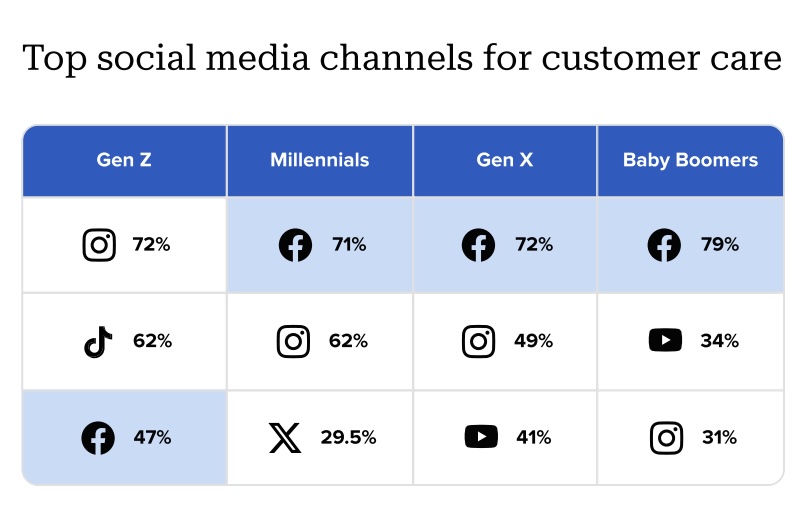
The network offers these users accessible, real-time and personalized support via DMs, comments and posts. In return, brands can tap into valuable feedback that helps them refine their content strategy and inform their product.
“On Facebook, we’re able to identify issues incredibly fast and prevent them from getting worse. Our audience on the network are superfans, so if something goes wrong, they’re the first to let us know,” points out Swainson.
Enriching community with Facebook Groups
More than 1.8 billion people use Facebook Groups each month per a Facebook community study. Groups continue to be popular on the platform because they give users a sense of community built around niche interests, fandoms, local happenings, shared culture and more. Consider the Facebook Groups you belong to, and the important role they play in maintaining connections and hobbies.
You might even belong to a Group for brand superfans, like the one Lodge created. As Swainson explains, “There were so many other Groups centered around cast iron on Facebook, and a lot of great conversation happening about our products. But it was really difficult to monitor with all of the chatter about topics that didn’t involve our brand. I wanted to form a Group so we could bring the existing conversation to a space where we could monitor, participate and track product feedback. It quickly took off with very little promotion, and, in just over two years, we’re at nearly 40,000 members and hundreds of posts per month.”
Four ways to maximize the impact of Facebook for your brand
It’s clear that many brands are leaving potential untapped on Facebook because they don’t know how to maximize the network. What should you post? How can you find your businesses’ audience? What will it take to improve your return on investment on the network?
To answer these questions, the Lodge team gave us a peek behind the curtain at their strategy. Take inspiration from their best practices to cultivate your own.
Experiment to keep up with the Facebook algorithm
Like all platforms, Facebook’s algorithm is always being reinvented and fine-tuned, which means your content strategy must change, too. When we spoke to the Lodge team, they recounted the many evolutions of their content—which once included posting links and even full recipes. Recently, their constant experimentation has led them to embrace video.
“We shifted our Facebook content strategy to focus on text-based posts in 2021—which was a huge pivot for us. We would ask questions, that’s what was getting engagement at the time. But there’s only so many times you can ask, ‘What do you like to cook?’ or ‘How do you clean your pan?’ Now we’re pivoting again. For a long time it didn’t seem like video had a place on Facebook, but today Reels are generating millions of views—which wasn’t even true 10 months ago. So we’re experimenting by reposting our best-performing lo-fi Reels from Instagram onto Facebook, and it’s going really well,” says Lawrence.
But that doesn’t mean the Lodge team is going to “set and forget” their plans. They’ll continue to test and experiment to stay ahead of the next wave of algorithmic changes.
Lawrence adds, “We’re an incredibly experimental team. We like to throw spaghetti against the wall. For example, we recently reposted a comic strip we originally developed for Instagram, and our audience loved it. We try new stuff all the time.”
Commit to a regular Facebook Live cadence
With Facebook Live, users can broadcast live video directly to their Facebook audience. While some brands shy away from going Live for fear of on-air technical difficulties or negative user interactions, Lodge has found Live videos complement their other community engagement tactics.
“We have a series called Recipe of the Month. It comes to life in different ways across networks. On Facebook, we have a monthly cooking challenge that we share in our Group, and our members can win a prize if they share a photo with us. Then, we go Live once a month on Facebook with our in-house chef, Kris, who will cook that same recipe. We have a core group of users that continually tune in, and they’ve really developed a dialogue with Kris. The videos have helped us establish him as an authority—someone to guide people on their cast iron journey,” says Lawrence.
While not all teams will have the bandwidth to take advantage of Live content, those that do should take a cue from Lodge and embed it into their community experience on the network to encourage participation—rather than creating a standalone activation.
Use customer insights from Facebook to refine product development and content strategy
As mentioned, Lodge’s private Facebook Group is a core part of their social strategy and the success they’ve seen on the network. It created a space for their most enthusiastic fans, but also welcomes people who are new to their cast iron journey. As written in their community guidelines, “You’re welcome here no matter what you cook with.”
In addition to sharing their best cast iron tips, tricks and recipes, Group members also share unfiltered product feedback. “The Group has been an amazing opportunity to learn what our customers like and what they don’t like. If we have a new product coming out, we launch it in the Group first to see how it lands. We also drop survey links there since we know our members are the people who really care about what’s going to happen at Lodge,” Swainson explains.
Lodge’s Facebook Group is a goldmine for constructive feedback. But they also tap into customer insights from their comments section, tagged posts and more. Swainson adds, “I track everything. I love customer feedback. We have a robust social listening strategy, and we routinely share customer input with teams like product development, creative or even sales.”
Sometimes teams will uncover learnings they’re too close to the product to see. Swainson shares a recent example: “A lot of people were saying, ‘I got the Rust Eraser, but I have no idea how to use it.’ After talking to our product and copy teams, we realized the product didn’t come with any packaging that explained how to use it. Because of the feedback we received from social, we started shipping the product with specific instructions and a QR code to our website where customers could learn even more. It also inspired social content with demos of how to use the Rust Eraser.”
Use Facebook for a two-way conversation with your audience
When we asked the Lodge team for their top piece of advice for any brands who wanted to start using Facebook—or improve their existing presence—Lawrence said this: “Any brand that’s willing to have a two-way conversation can be successful on Facebook. If you’re okay with opening up the floodgates and responding to people in your DMs, comments section and Group, you have the ingredients you need. People want to feel seen and heard on Facebook. If you’re willing to meaningfully engage—not just sell a product—you can grow a true brand community.”
Cook up true community on Facebook
Even after more than 20 years, Facebook continues to prove its staying power as a community hub, customer care channel and insights goldmine for brands. As Lodge Cast Iron’s success shows, the network is a living ecosystem that rewards brands willing to evolve with it.
From experimenting with new formats like Reels to cultivating authentic two-way conversations in Groups, the opportunities on Facebook are far from exhausted. Marketers who look beyond outdated assumptions and lean into the platform’s strengths will uncover lasting impact and deeper connections with their audiences.
Looking for more on how you can maximize every social network? Download The Content Strategy Report to find out what 4,500 consumers said they actually want from brands on social.

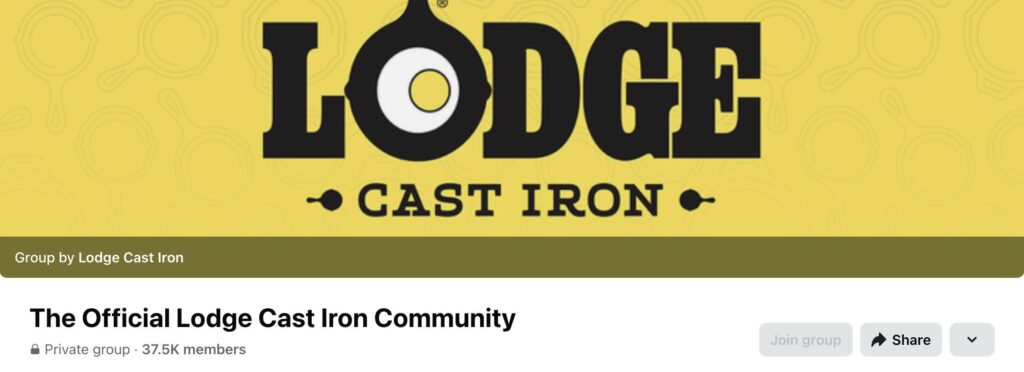
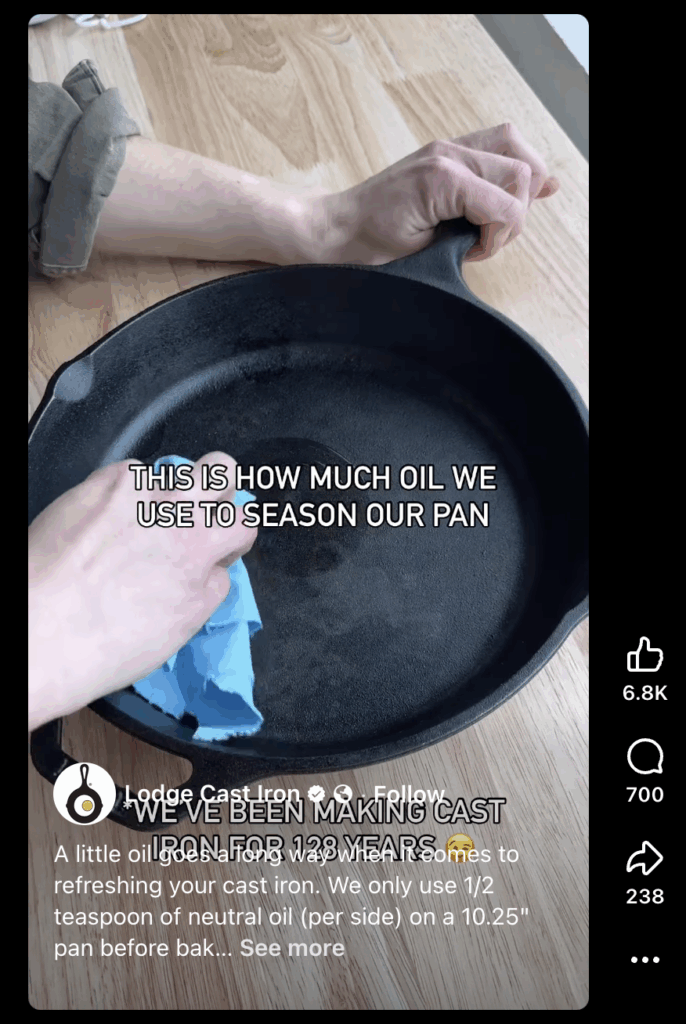
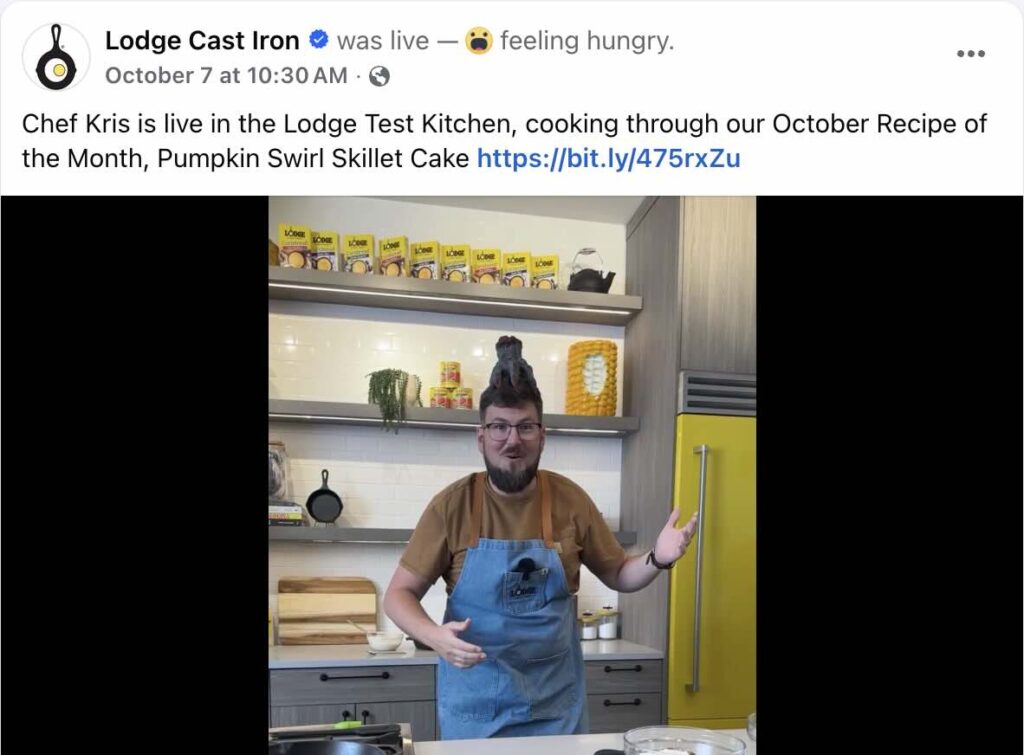
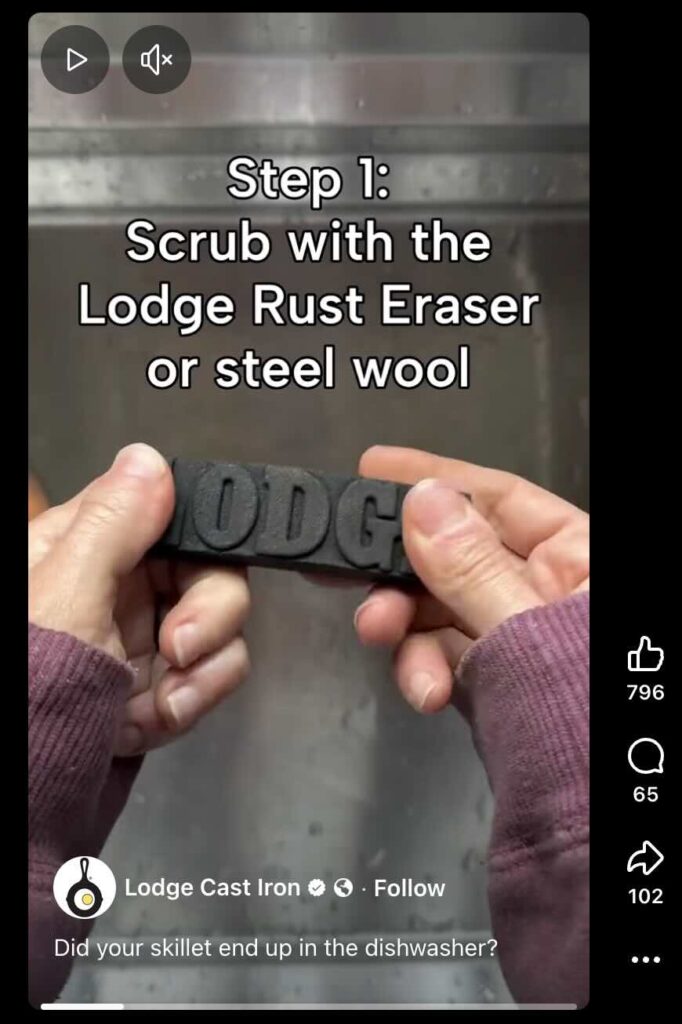

Share